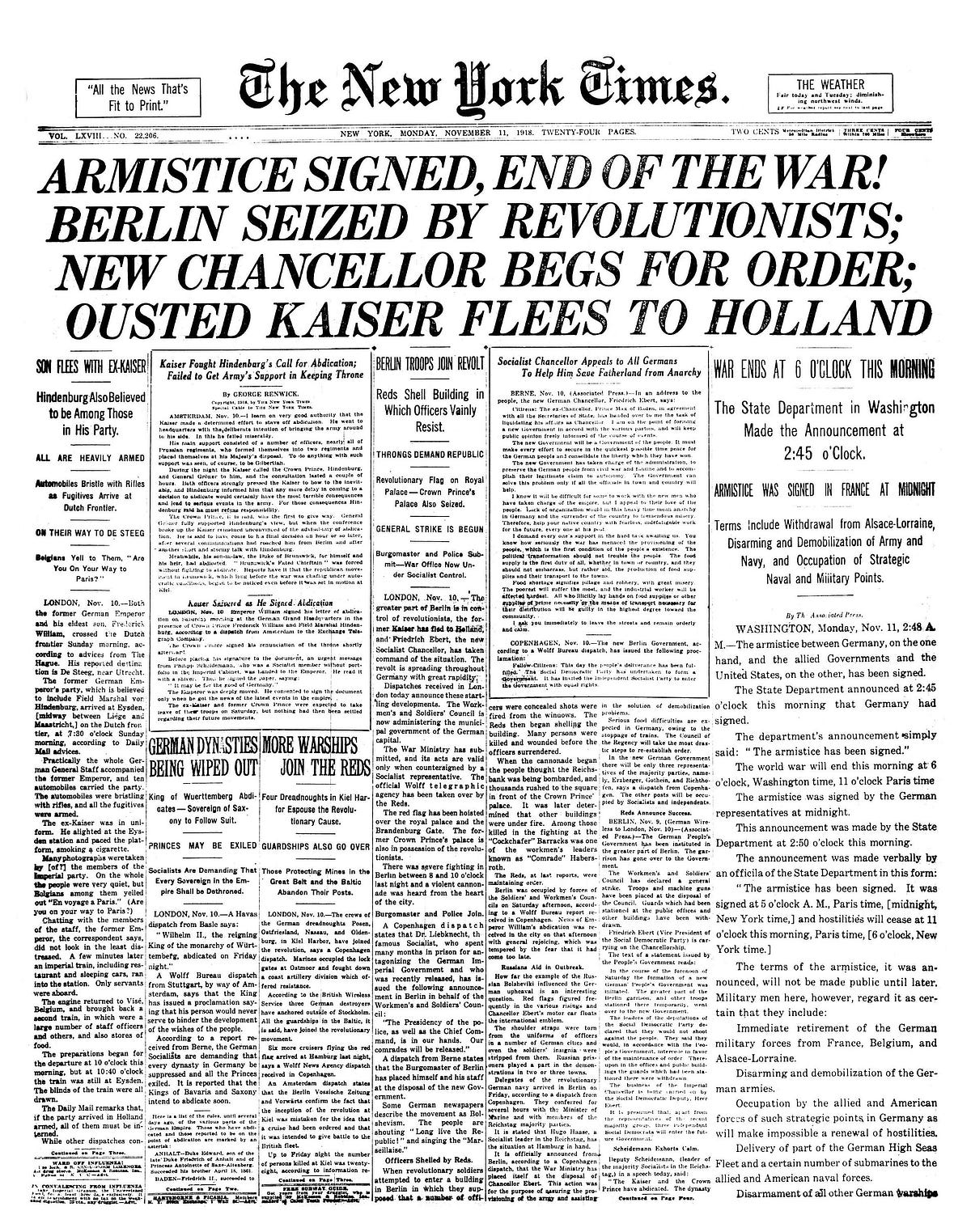
"It wasn't always like this, and we apparently managed to get information before. It wasn't perfect, but we managed. What are accessory images? You might be thinking, "But I, or someone I know, sometimes finds these images useful." Indeed: my disagreement is primarily with images whose nature is not to give you information in themselves, but which act as bait or filler."
"Or as a materially important part of the article for training purposes? Such images - often stock or AI slop (all of which I shall discuss below) - are an insult to the visual crafts like photography and painting. These images don't matter in themselves; rather they are just there to fill space or draw people to something actually important (or profitable). They are an accessory to the crime of clickbait."
Most online text today is accompanied by images, across white papers, blogs, social posts, and news, with images treated as essential for engagement. Historically publications could convey information without such visual hooks, as in early twentieth-century print examples. Accessory images are visuals whose role is filler or bait rather than informational content. Stock photos and low-quality AI-generated images often serve this purpose. Such images degrade photography and painting, skew attention toward imagery over substance, and contribute to clickbait-driven incentives. Accessory images distort social networks and information flows by privileging engagement and distraction over the most interesting or important content.
Read at Medium
Unable to calculate read time
Collection
[
|
...
]